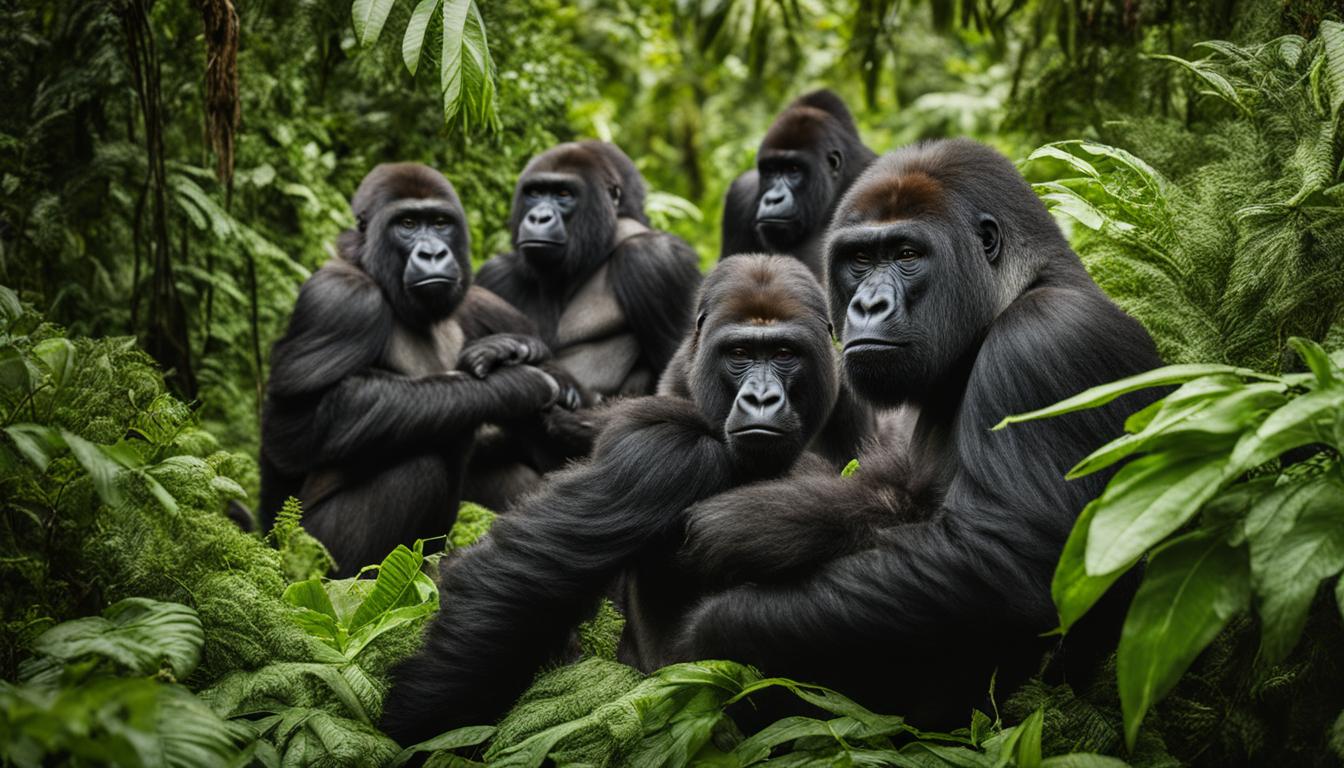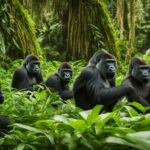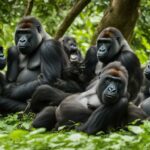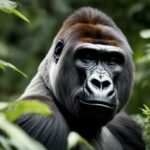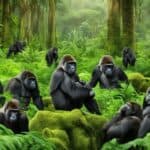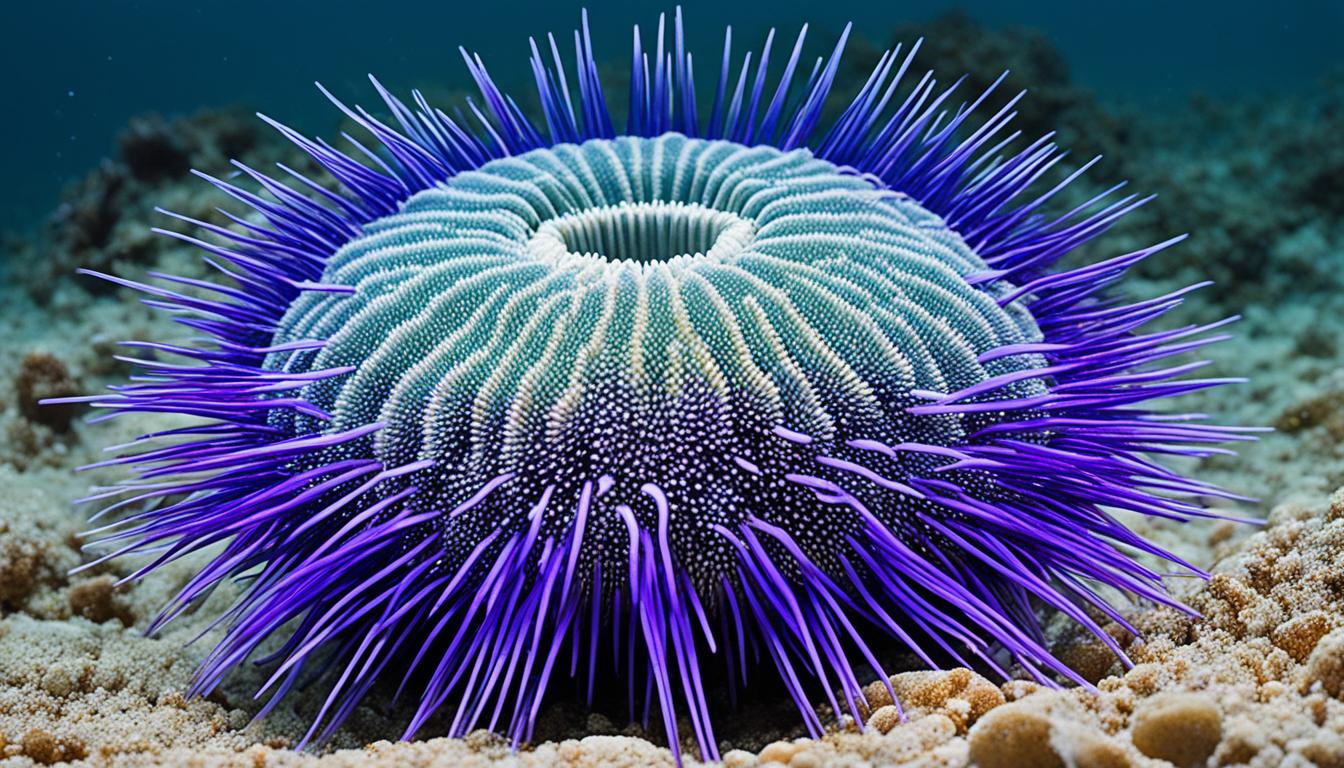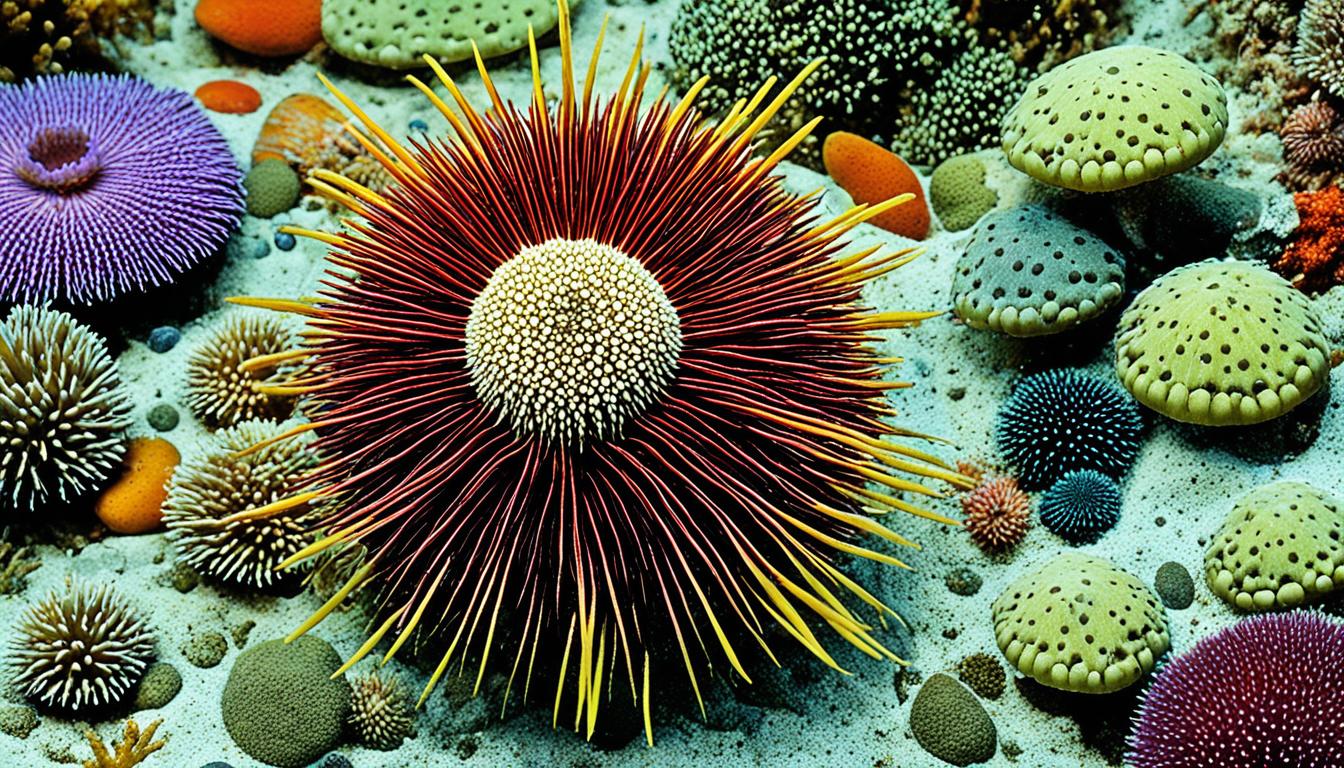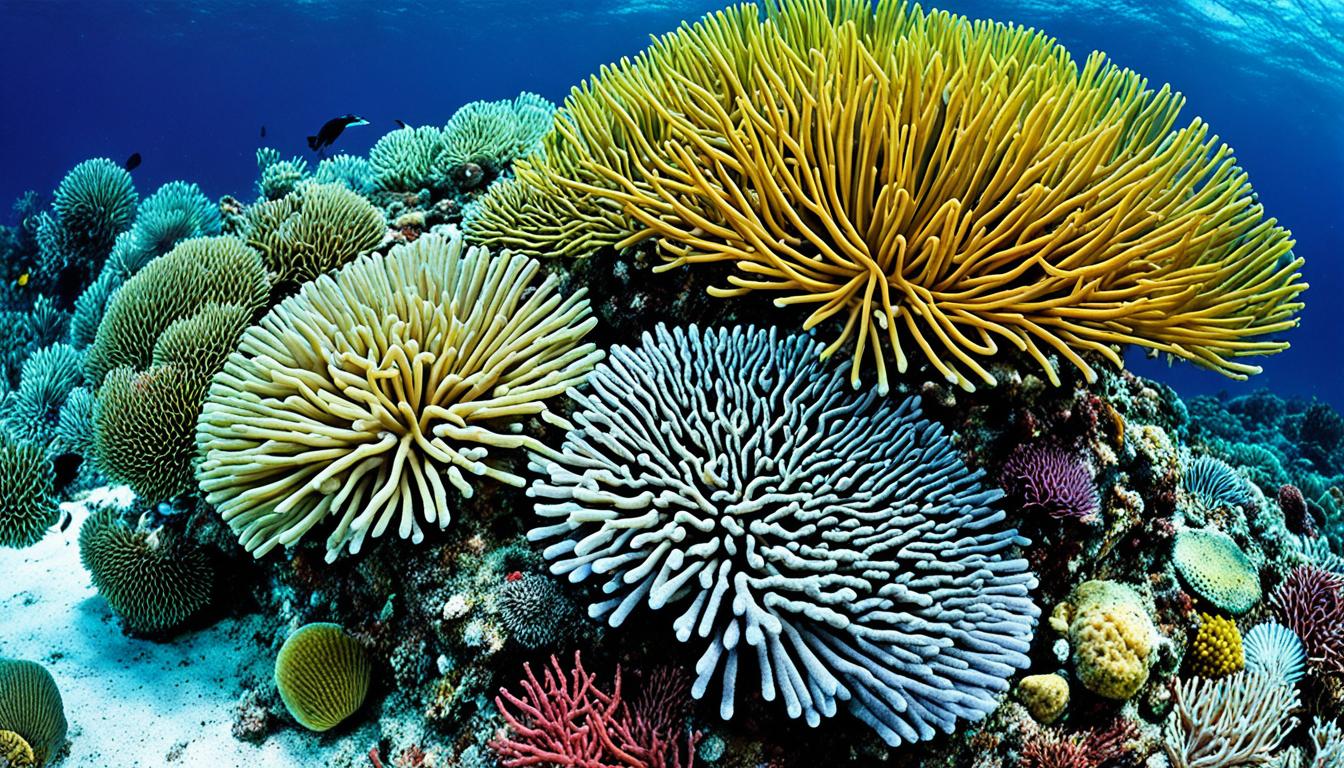Gorillas are the largest members of the primate family and are closely related to humans, with 98% of their DNA identical to that of humans. They are terrestrial animals, inhabiting the tropical rainforests of central Africa. Gorillas are classified as mammals and are separated into two species (Eastern Gorilla and Western Gorilla) and four subspecies based on geographical location and physical characteristics. All gorilla species are classified as endangered by the IUCN due to habitat loss, disease, and poaching.
The Eastern Gorilla has two subspecies (Eastern Lowland Gorilla and Mountain Gorilla), and the Western Gorilla has two subspecies (Western Lowland Gorilla and Cross River Gorilla). The population numbers for each subspecies vary, with some having less than 300 individuals. Gorillas are sociable animals living in groups called troops, led by a dominant silverback male.
Gorilla Threats and Conservation Efforts
Gorillas, one of our closest relatives in the animal kingdom, face numerous threats that endanger their populations. The primary factor contributing to their decline is habitat loss. Human encroachment and deforestation have resulted in the destruction of their natural habitats, leaving gorillas with limited space to thrive. Additionally, the illegal hunting of gorillas for bushmeat and the trade in gorilla trophies and live infants further exacerbate the endangerment of these majestic creatures.
Unfortunately, political instability and armed conflicts in gorilla habitats make conservation efforts even more challenging. The turbulent conditions hinder the implementation of effective measures to protect gorillas and their habitats. Furthermore, diseases transmitted by humans, such as the flu and Ebola, pose a significant threat to gorillas. These diseases, when contracted by gorillas, can have devastating effects on their populations.
In response to these threats, various organizations and governments have initiated conservation efforts to protect gorillas and restore their habitats. These include the establishment of protected areas, anti-poaching patrols, and community-based conservation programs. Through these initiatives, the aim is to safeguard gorilla populations and raise awareness about the importance of their conservation. Sustainable tourism has also been promoted as a means to generate economic benefits for local communities while supporting gorilla conservation.
As Dr. Jane Goodall once said, “Only if we understand can we care. Only if we care will we help. Only if we help shall they be saved.”
The Impact of Gorilla Habitat Loss
The loss of gorilla habitats due to human encroachment and deforestation has had a profound impact on their populations. The expansion of human settlements and the need for land for agricultural activities have encroached upon gorilla territories, resulting in the degradation and fragmentation of their forests. This makes it increasingly difficult for gorillas to find suitable food and resources, ultimately threatening their survival.
Moreover, the encroachment of humans into gorilla habitats increases the risk of disease transmission. As humans and gorillas come into closer contact, the potential spread of diseases poses an additional danger to gorilla populations. It is imperative to address these challenges and take immediate action to protect gorilla habitats and prevent further encroachment.
| Threats to Gorilla Populations | Conservation Efforts |
|---|---|
| Habitat Loss due to deforestation and human encroachment | Establishment of protected areas and anti-poaching patrols |
| Illegal hunting for bushmeat and trade in gorilla trophies and infants | Community-based conservation programs and public awareness campaigns |
| Disease transmission from humans | Promotion of sustainable tourism for economic benefits |
By addressing these endangerment factors and implementing effective conservation strategies, we can secure a brighter future for gorillas. The preservation of their habitats and the protection of their populations are crucial not only for the survival of these magnificent creatures but also for the balance of our ecosystems as a whole.
Impact of habitat loss and human encroachment
Human encroachment and habitat loss due to deforestation have had a profound impact on gorilla populations. The expanding human settlements and the need for land for agriculture and pastoral activities have resulted in the reduction of gorilla habitats to isolated pockets within human-occupied areas. As a result, gorillas are facing increasing challenges in finding suitable food and resources.
The encroachment of human activities into gorilla territories has led to forest degradation and fragmentation. The destruction of their natural habitat has disrupted the delicate balance of the ecosystems, affecting not only gorillas but also other species that rely on the same habitat. The fragmentation of forests makes it difficult for gorillas to move between different areas, leading to a decrease in genetic diversity and making them more vulnerable to diseases and other threats.
The destruction of gorilla habitats through human encroachment and deforestation is a critical issue that needs urgent attention. Without immediate action, the already endangered gorilla populations face the risk of extinction.
Moreover, the increasing proximity between humans and gorillas poses a significant risk of disease transmission. Gorillas share a high percentage of DNA with humans, making them susceptible to diseases such as the flu and Ebola. The transmission of these diseases can have devastating consequences for gorilla populations, further exacerbating their decline.
Impact of habitat loss and human encroachment
The impact of habitat loss and human encroachment on gorilla populations is evident. Deforestation and human activities have led to the degradation and fragmentation of gorilla habitats, making it difficult for them to find food and resources. This, coupled with the increased risk of disease transmission from humans, has placed gorillas at a greater risk of extinction. Urgent conservation efforts are needed to protect gorillas and their habitats, ensuring their survival for future generations.

Conservation efforts and solutions
Gorilla conservation is a collective effort involving various organizations and initiatives dedicated to protecting these magnificent creatures and their habitats. These conservation organizations play a vital role in raising awareness, implementing effective strategies, and collaborating with local communities to ensure the long-term survival of gorillas.
One of the leading gorilla conservation organizations is the Gorilla Doctors. This organization focuses on providing veterinary care to gorillas, monitoring their health, and conducting research to better understand their needs. Through their efforts, they help prevent the spread of diseases and promote conservation awareness.
“Saving gorillas requires a multi-faceted approach, involving not only protecting their habitats but also addressing the socio-economic needs of local communities. By empowering communities and creating sustainable livelihoods, we can reduce the reliance on activities that threaten gorilla populations.” – Dr. Jane Goodall, Primatologist
Another notable initiative is the International Gorilla Conservation Programme (IGCP). This collaborative effort between the African Wildlife Foundation, Fauna & Flora International, and the World Wide Fund for Nature focuses on conserving the habitats of gorillas in the Great Lakes region of Africa. They work closely with local communities, providing support for sustainable livelihoods and promoting ecotourism as a means to generate income while protecting gorillas and their ecosystems.
Table: Gorilla Conservation Organizations
| Organization | Focus |
|---|---|
| Gorilla Doctors | Veterinary care, health monitoring, research |
| International Gorilla Conservation Programme (IGCP) | Habitat conservation, community engagement, ecotourism |
| The Dian Fossey Gorilla Fund International | Research, anti-poaching efforts, community development |
| Conservation Through Public Health (CTPH) | Healthcare, disease prevention, community empowerment |
The Dian Fossey Gorilla Fund International is another organization dedicated to gorilla conservation. They conduct research, implement anti-poaching measures, and work closely with local communities to enhance livelihoods and promote conservation awareness. Through their Karisoke Research Center, they have been instrumental in advancing our understanding of gorilla behavior and ecology.
Conservation Through Public Health (CTPH) is a unique organization that recognizes the interconnectedness of human and gorilla health. They focus on providing healthcare services to communities living adjacent to gorilla habitats, reducing the risk of disease transmission between humans and gorillas. By integrating healthcare with conservation efforts, CTPH contributes to the overall well-being of both gorillas and local communities.
These organizations and initiatives, along with many others, are working tirelessly to safeguard gorilla populations. Through their collective efforts, they strive to overcome the challenges posed by habitat loss, poaching, and disease transmission. By supporting these conservation projects and spreading awareness about the importance of gorilla conservation, we can contribute to the preservation of these majestic creatures for generations to come.
Conclusion
The current conservation status of gorilla populations is critically endangered. Gorillas, being the largest members of the primate family, face numerous threats such as habitat loss, poaching, and disease transmission from humans. However, there are active efforts in place to protect gorillas and their habitats.
Gorilla conservation organizations, along with governmental and non-governmental agencies, are implementing various initiatives and projects to safeguard these magnificent creatures. Measures include establishing protected areas, conducting anti-poaching patrols, and implementing community-based conservation programs. Public awareness campaigns and sustainable tourism also play a crucial role in generating economic benefits while supporting gorilla conservation.
Recognizing the importance of gorilla conservation is vital. By addressing the factors endangering gorillas and preserving their habitats, we can ensure the long-term survival of these incredible creatures for future generations. It is our responsibility to take action and support these conservation efforts to protect gorilla populations and the ecosystems they inhabit.
Does the current conservation status of gorilla populations align with the primary threats facing them?
The current conservation status of gorilla populations is concerning in light of the primary threats to wild gorillas. Habitat loss, poaching, and disease continue to pose significant challenges for their survival. Efforts to address these threats must be intensified to ensure the long-term viability of gorilla populations in the wild.
FAQ
What is the current conservation status of gorilla populations?
All gorilla species are classified as endangered by the IUCN.
What are the threats to gorilla populations?
The main threats include habitat loss, poaching, and disease transmission from humans.
How does habitat loss and human encroachment impact gorillas?
Human encroachment and deforestation lead to the destruction of gorilla habitats, resulting in forest degradation and fragmentation, making it difficult for gorillas to find food and resources.
What conservation efforts and solutions are in place for gorillas?
Various initiatives, such as the establishment of protected areas, anti-poaching patrols, community-based conservation programs, and public awareness campaigns, are being implemented to protect gorillas and their habitats.
Why is gorilla conservation important?
Gorillas are endangered, and their conservation is essential to ensure the survival of these magnificent creatures for future generations.

